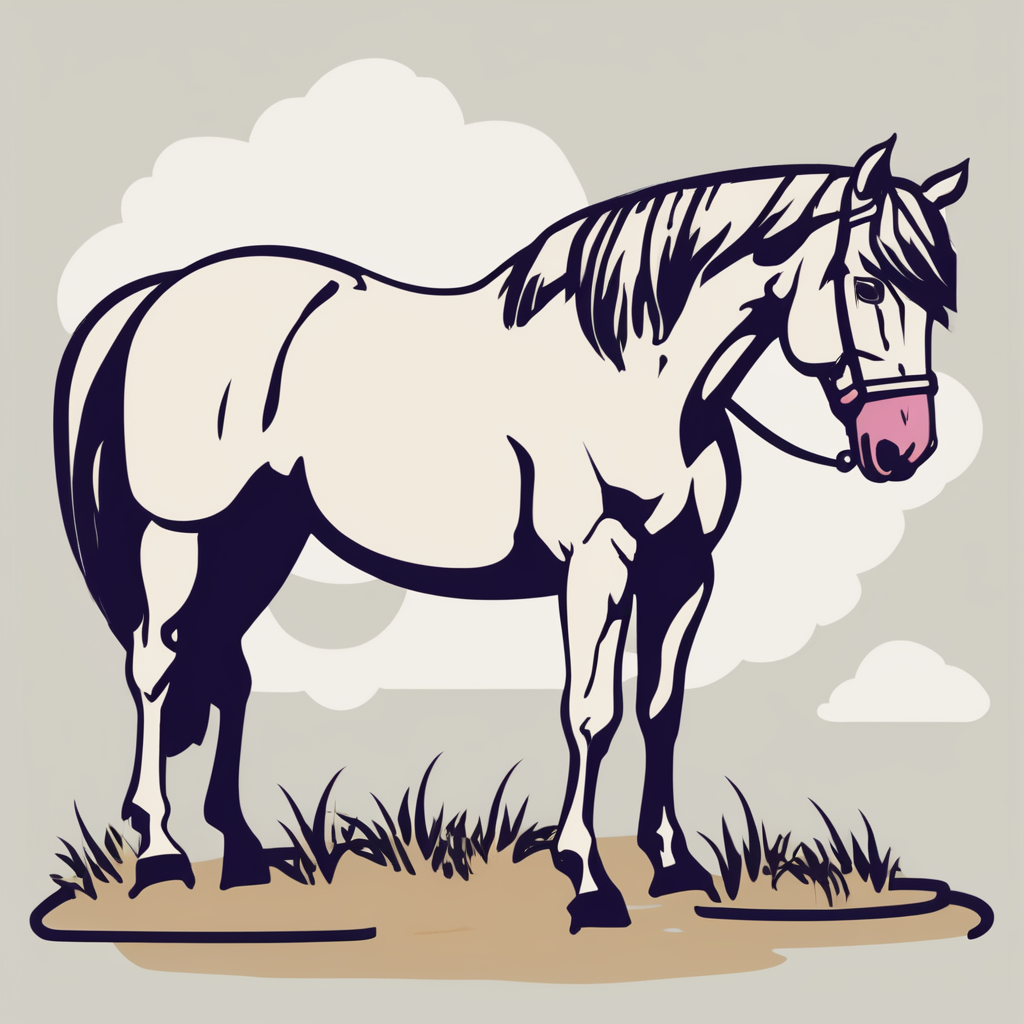Typical Interactions Between UK Cats and Other Pets
In multi-pet households across the UK, understanding pet interactions involving UK cats is crucial. Cats often display a range of behaviors depending on the other species present. For instance, UK cats tend to be wary but curious around dogs. While some cats establish a cautious truce, others may exhibit dominance through hissing or swatting. This behavior often reflects both the cat’s personality and the dog’s temperament.
With rabbits and birds, UK cats usually demonstrate a heightened hunting instinct. Rabbits may become stressed or try to avoid cats, while birds are more vulnerable, often requiring secure enclosures. Owners in the UK frequently report that supervised introductions and gradual exposures help ease tensions between these species.
In parallel : How can you ensure your UK cat is mentally stimulated?
Cultural factors within UK homes, including smaller living spaces and a stronger emphasis on indoor pet care, influence how UK cats interact with other pets. Limited outdoor roaming can increase close encounters, necessitating careful management to maintain harmony. Understanding these typical interactions helps owners create peaceful and enriching environments for all their pets.
Factors Influencing Cat-Pet Relationships
Understanding cat behaviour is crucial to nurturing positive relationships between cats and other pets. Breed traits play a significant role; for instance, some breeds are naturally more sociable, while others may prefer solitude. Age and prior socialisation also impact compatibility. Younger cats or those exposed early to other animals tend to adapt better to new companions.
In the same genre : How Can Cats Play a Key Role in the Ecosystem?
Environmental factors in UK pet households affect pet dynamics notably. Space constraints, noise levels, and family routines can either facilitate or hinder peaceful cohabitation. For example, homes with limited private areas for cats may increase stress, adversely influencing interactions with other pets.
Neutering emerges as an important element. It often moderates aggressive tendencies and reduces territorial disputes, enhancing compatibility. Training and gradual introduction methods help cats adjust to new pets, reflecting the importance of individual temperament. Cats with calm demeanors typically fare better in mixed-pet settings.
Addressing these factors comprehensively supports better understanding of complex pet relationships, making it easier for owners in the UK to promote harmony. Knowing how breed traits, environment, and care practices influence cat behaviour allows for tailored solutions that improve compatibility in multi-pet households.
Best Practices for Introducing Cats to Other Pets in the UK
Introducing cats to other pets requires patience and a carefully planned approach to ensure safe integration. In the UK, many pet owners find gradual introductions essential. Start by keeping cats and other pets separated, allowing them to become familiar with each other’s scents through swapped bedding or toys. This early phase reduces territorial stress and sets the stage for face-to-face meetings.
When initiating actual encounters, use positive reinforcement such as treats or gentle praise to create associations between the presence of the other pet and pleasant experiences. Keep initial meetings short and controlled, ideally in neutral spaces where neither animal feels dominant. It’s vital to monitor pets closely during these sessions for stress signals: hissing, growling, or flattened ears from cats indicate discomfort and a need to pause the interaction.
Managing these signs promptly prevents escalation and supports a smoother pet introduction. Gradually increasing interaction time as each pet shows tolerance helps achieve lasting harmony. With consistent effort, UK pet owners can successfully navigate the sometimes tricky road to multi-pet households. Remember, patience and respect for each animal’s signals are key to successful, stress-free introductions.
Common Issues and Solutions in Multi-Pet UK Households
In multi-pet UK households, cat aggression and pet conflict often arise due to territorial disputes and resource guarding. Cats are naturally territorial creatures, so clashes over space, food, or attention can lead to aggressive behaviour. Recognising the root cause is essential for effective problem solving. For example, if two cats fight over a feeding station, providing multiple separate feeding areas can alleviate tension.
Resource guarding, including toys or resting spots, often escalates conflicts. Introducing more resources and creating distinct safe zones can reduce competition and stress. Ensure each pet has its own space to retreat, which supports calmer interactions.
If pet conflict persists despite environmental adjustments, professional intervention may be necessary. Veterinary advice is crucial if aggression results in injury, or if sudden behavioural changes suggest medical issues. Professional animal behaviourists in the UK also offer targeted training and modification programs. They can tailor interventions to specific cases of cat aggression, improving harmony over time.
Understanding common behavioural challenges and addressing them early with appropriate strategies supports peaceful coexistence in multi-pet homes. Taking prompt action prevents escalation and fosters a happier environment for all pets and owners alike.
Fostering a Harmonious Home for UK Cats and Other Pets
Creating a harmonious coexistence between UK cats and other pets requires deliberate efforts centered on pet wellbeing. Regular monitoring of interactions helps identify stress signs early, enabling timely adjustments to prevent conflicts. Cats and other animals benefit from separate spaces; providing exclusive areas where each pet can retreat reduces tension and promotes a sense of security.
Enrichment plays a vital role—engaging toys, climbing structures, and interactive play stimulate mental and physical activity, helping reduce territorial behaviour. Establishing consistent routines around feeding and playtime also supports stability, which cats particularly appreciate.
For UK pet owners seeking guidance, numerous organisations offer expert advice on managing multi-pet households. Accessing these resources can provide tailored solutions for challenges like introducing new pets or addressing behavioural issues. This proactive approach not only safeguards pet wellbeing but also nurtures a balanced environment where cats and other pets thrive together.
In summary, fostering a harmonious home involves continuous management, creating enriching and separate environments, and leveraging UK-based support networks to promote lasting peaceful relationships among all pets.


